Chanca piedra is a powerful medicinal herb.
It’s mainly native to Peru and other South America countries where it has been used for thousands of years.
Its English name comes from the Spanish name for the herb
Which is translated as “stone breaker”.
The word “chanca” refers to breaking up a stone, which is a reference to how effective this herb is for detoxifying your body and eliminating stones and gravel.
…also known as kidney stones.
Chanca piedra was traditionally grown by the Inca people.
Traditionally used to heal chronic digestive ailments, viral infections, and skin disorders via decoction or infusions of dried leaves.
Today chanca piedra is available in an easy to consume capsule form.
Are you ready to heal your body naturally?
Then this post is for you.
Stick around to learn all of the incredible health benefits of chanca piedra
… and how to use it to improve your health and wellbeing
What is Chanca Piedra?
Chanca Piedra (pronounced shan-kuh pie-day-rah) is made from the stem, roots or berries of a tropical vine known as cascara sagrada, Phyllanthus niruri or Chondrodendron tomentosum.

What is Chanca Piedra Good For?
Native Americans used cascara sagrada as an enema to relieve pain in their bowels and intestines. The herb has also been used to treat diarrhea and dysentery because it contains tannins (1) that have laxative properties.
Some people believe that chanca piedra can help with weight loss by speeding up your metabolism, but there's little evidence to support this claim at this point. There are, however, many science-backed chanca piedra benefits that you should know about. Let’s dive in ...
1. A Natural Enema Alternative
Chanca piedra is a powerful herb that can be used as an enema alternative. It has been used for centuries by the Incas and other indigenous people to treat intestinal problems and constipation. Chanca piedra contains (antimicrobial) tannins (1A) , saponins, and (anti-inflammatory) flavonoids. These components help to heal your body from within by cleaning out your colon and eliminating toxic waste from your body.
Indian researchers studied 30 children with viral diarrhea, giving half the children chanca piedra ( Phyllanthus niruri ) (2). The other half received a placebo. The study found that more children given chanca piedra experienced symptom improvement — such as better stool consistency, reduced fever, vomiting and stomach pain — than those given the placebo.
2. The Stone Breaker: Natural Diuretic to Avoid Bladder Stones
Chanca piedra is a natural diuretic that can help prevent kidney or bladder stones from forming. The Spanish translation of Chanca Piedra is “the stone breaker.” Some people consider it an excellent remedy for a range of kidney disorders due to its lithotriptic activity. The stone-forming crystals in the bladder are made of calcium oxalate, and chanca piedra acts as a natural diuretic to flush out excess water and toxins (like calcium oxalate) from the body.
Chanca Piedra contains tannins that have diuretic properties. This means that they help you urinate more frequently and easily. This is useful for people who suffer from bladder stones or urinary tract infections because it helps flush out harmful bacteria from their bodies. The beneficial effects of rutin (3) and quercetin (4) , two potent antioxidants found in this plant, are also useful for treating inflammation of the colon.
Learn more: Top Vitamins and Nutrients for Healthy Liver and Kidney Function
3. May Boost Liver Health
Chanca piedra can enhance liver function by lowering oxidative stress and inflammation. It also boosts antioxidant enzymes such as glutathione, catalase and superoxide dismutase. At the same time the herb can decrease enzymes that can cause liver damage, while increasing antioxidant enzymes. Most studies carried out on the liver with chanca piedra are done so in patients with Hepatitis B (an infection of the liver).
In a clinical study, 100 people with hepatitis C (5) were treated with chanca piedra. The results showed increased levels of several important antioxidants (superoxide dismutase, catalase, glutathione, vitamin C , vitamin E) and decreased oxidative stress. Chanca piedra also prevented liver damage in these patients. In Traditional Chinese Medicine (TCM) the liver is responsible for boosting “qi” or life force. Meaning a boost to your liver health can increase your energy.
Learn more: Glutathione - The ‘Master Oxidant’ That Helps Detox Your Liver And Much More!
4. May Lower Blood Pressure and Protect the Heart

One of the most important health benefits of Chanca piedra is that it helps protect the heart. Chanca Piedra contains saponins, which are highly effective at preventing blood clots that can lead to heart attacks and strokes. The herb also helps regulate blood pressure levels, which is vital for keeping your heart healthy. Chanca piedra has been shown to lower blood pressure, prevent excessive platelet clumping (6), relax blood vessels (7), and improve heart function (8) in studies on rabbits, rats and cells.
Heart health may be improved when consuming chanca piedra by decreasing heart-damaging enzymes (such as dehydrogenase, creatine phosphokinase, and alkaline phosphatase). Additionally, it decreased blood pressure levels (9) when given to over 1K people with high blood pressure for 10 days. In another study 182 participants took chanca piedra (and other medicinal plants) for 10 days and 70% of patients who consumed the medicinal plants (10) were relieved of their symptoms after the treatment.
Related: 9 Effective Ways to Naturally Manage Your Blood Pressure
5. Has Anti-inflammatory Properties
Chanca piedra works in a myriad of ways to reduce inflammation. Firstly, important detoxification agents are up-regulated. Such as the master detoxification compound glutathione. While also elevating levels of antibacterial and antioxidants (11) . For these reasons, and many others, chanca piedra is being considered for medicinal use. Oxidative stress leads to chronic inflammation and a plethora of chronic illness. Reducing these toxins and free radicals could seriously boost overall health.
The roots of chanca piedra seem to be particularly potent. They contain 28 compounds that can reduce inflammation by down regulating oxidative stress (12) . In a study carried out on rodents backed up the fact that the antioxidant activity from chanca piedra (13) can boost vitamins and minerals that further help cleanse the body. Such as glutathione, vitamin C and catalase.
Related : 9 Incredible Anti-Inflammatory Foods You Need to Be Eating
6. May Reduce Infections
There have been studies carried out in mice and cells that show that chanca piedra can halt the growth of various fungi, bacteria and pathogens. Including delaying the onset and development of a resistant malaria parasite (14) . In fact, 79% of mice in the study experienced delayed development with a dose of 1600 mg per kg per day. In another study, chanca piedra inhibited the proliferation of hepatitis C (15) .
Chanca piedra has shown antimicrobial properties against a wide range of pathogens. Not least those that are drug resistant (16). Helping the body detoxify a wide range of harmful bacteria. Another promising study found that phyllanthus niruri (chanca piedra) extract can clear out viral cells in people suffering from HIV (17)
7. Boosts Brain Health

One reason that we get brain fog and mental malfunctions is due to chronic stress. This could be oxidative stress or perceived mental triggers. Both activate the fight-or-flight system of the body, which in-turn down regulates many of the body's natural healing properties. One of the neurotransmitters used by the rest-and-digest system is called Acetylcholine (18) . This chemical messenger helps promote memory and focus. Chanca piedra can block the enzymes (19) that break down this important chemical. In turn, boosting cognitive function.
In a study carried out in mouse models researchers discovered that phyllanthus amarus (or chanca piedra) improved memory (20) scores of young mice. As well as reducing amnesia. While these properties are exciting, more studies in humans are required to pinpoint the exact underlying mechanisms at play. These findings could be beneficial in the treatment of Alzheimer’s disease.
Possible Chanca Piedra Side Effects
One important note here is that chanca piedra was traditionally used to induce an abortion. Therefore it’s advised that pregnant women and those wishing to conceive should not take chanca piedra. As with a lot of herbs that are not yet officially approved, it’s also advised that young children and lactating mothers should not take chanca piedra.One study found that mice who took 100 mg per kg of body weight of chanca piedra for 30 days had trouble getting pregnant (21).
One other caveat is that chanca piedra can interact with other medications.
How Much Chanca Piedra can be Taken in a Day?
While the exact dosage of chanca piedra isn’t backed up by the FDA or similar regulatory bodies, there are a few guidelines that you can work with. We recommend two capsules daily with 8oz of water, or as advised by your health practitioner.
How does Chanca Piedra Work?
The whole plant is used for medicinal purposes, the roots, leaves and berries. Chanca Piedra contains tannins and other phytochemicals that have potent antioxidant properties. These compounds help protect your body from free radicals that can cause cell damage. One of the main attributes of chanca piedra is that it can help your body detox kidney stones and other toxins that can block your lymphatic system and lead to chronic illness.
The Bottom Line
Chanca piedra has been used in Ayurveda for thousands of years and recent studies are verifying its effectiveness. When aiming to detoxify the body the organs of elimination are a key focus. The chanca piedra plant is exciting because it helps the colon, liver and kidneys eliminate toxins. While also reducing inflammation and eliminating kidney stones. For this reason, considering chanca piedra as part of your detox regime should be high up on your list.
Rowanna Watson, who has a passion for natural health. Rowanna is an expert in all areas of holistic health, plant-based nutrition, detoxification Written by best-selling author and integrative nutrition health coach and personal development.
Water for Health Ltd began trading in 2007 with the goal of positively affecting the lives of many. We still retain that mission because we believe that proper hydration and nutrition can make a massive difference to people’s health and quality of life. Click here to find out more.
References
1. Okuda T, Yoshida T, Hatano T. Pharmacologically active tannins isolated from medicinal plants. Basic Life Sci. 1992;59:539-69. doi: 10.1007/978-1-4615-3476-1_31. PMID: 1417694. https://pubmed.ncbi.nlm.nih.gov/1417694/
1A. Ranilla LG, Apostolidis E, Shetty K. Antimicrobial activity of an Amazon medicinal plant (Chancapiedra) (Phyllanthus niruri L.) against Helicobacter pylori and lactic acid bacteria. Phytother Res. 2012 Jun;26(6):791-9. doi: 10.1002/ptr.3646. Epub 2011 Oct 28. PMID: 22034238. https://pubmed.ncbi.nlm.nih.gov/22034238/
2. Kamatnur N, Chawan A; From the proceedings of Insight Ayurveda 2013, Coimbatore. 24th and 25th May 2013. PA03.02. The effect of bhumyamalaki (Phyllanthus Niruri) in balatisara with special reference to viral diarrhea. Anc Sci Life. 2013 Jan;32(Suppl 2):S71. doi: 10.4103/0257-7941.123894. PMCID: PMC4147545. https://pmc.ncbi.nlm.nih.gov/articles/PMC4147545/
3. Cruz T, Gálvez J, Ocete MA, Crespo ME, Sánchez de Medina L-H F, Zarzuelo A. Oral administration of rutoside can ameliorate inflammatory bowel disease in rats. Life Sci. 1998;62(7):687-95. doi: 10.1016/s0024-3205(97)01164-8. PMID: 9472728. https://pubmed.ncbi.nlm.nih.gov/9472728/
4. Gálvez J, Sánchez de Medina F, Jiménez J, Torres MI, Fernández MI, Núñez MC, Ríos A, Gil A, Zarzuelo A. Effect of quercitrin on lactose-induced chronic diarrhoea in rats. Planta Med. 1995 Aug;61(4):302-6. doi: 10.1055/s-2006-958088. PMID: 7480174. https://pubmed.ncbi.nlm.nih.gov/7480174/
5. TY - JOURAU - Nikam, PadmajaAU - Nikam, ShashikantAU - Sontakke, AjitAU - Khanwelkar, ChitraPY - 2011/07/01SP - T1 - Role of Phyllanthus amarus treatment in Hepatitis-CVL - 22JO - Biomedical ResearchER - https://www.researchgate.net/publication/266419380_Role_of_Phyllanthus_amarus_treatment_in_Hepatitis-C
6. Iizuka T, Nagai M, Taniguchi A, Moriyama H, Hoshi K. Inhibitory effects of methyl brevifolincarboxylate isolated from Phyllanthus niruri L. on platelet aggregation. Biol Pharm Bull. 2007 Feb;30(2):382-4. doi: 10.1248/bpb.30.382. PMID: 17268086. https://pubmed.ncbi.nlm.nih.gov/17268086
7. Amaechina FC, Omogbai EK. Hypotensive effect of aqueous extract of the leaves of Phyllanthus amarus Schum and Thonn (Euphorbiaceae). Acta Pol Pharm. 2007 Nov-Dec;64(6):547-52. PMID: 18323250. https://pubmed.ncbi.nlm.nih.gov/18323250/
8. Alain N’guessan Yao, Zahid Rasul, Iveta Najmanová, Mamadou Kamagaté, Amissi Said, Philippe Chabert, Cyril Auger, Henri Die-Kakou, Valérie Schini-Kerth,O10 Beneficial effect of Phyllanthus amarus (Euphorbiaceae) on DOCA-salt-induced left ventricle cardiac hypertrophy and endothelial dysfunction in rats,Biochemical Pharmacology,Volume 139,2017,Pages 112-113,ISSN 0006-2952. https://www.sciencedirect.com/science/article/abs/pii/S0006295217303982
9. Srividya N, Periwal S. Diuretic, hypotensive and hypoglycaemic effect of Phyllanthus amarus. Indian J Exp Biol. 1995 Nov;33(11):861-4. PMID: 8786163. https://pubmed.ncbi.nlm.nih.gov/8786163/
10. Tsabang N, Yedjou CG, Tsambang L, Tchinda AT, Donfagsiteli N, Agbor GA, Tchounwou P, Nkongmeneck BA. Treatment of Diabetes and/or Hypertension Using Medicinal Plants in Cameroon. Med Aromat Plants (Los Angel). 2015;Suppl 2:003. doi: 10.4172/2167-0412.S2-003. Epub 2015 Jun 8. PMID: 26550547; PMCID: PMC4636212. https://pubmed.ncbi.nlm.nih.gov/26550547/
11. Amin ZA, Abdulla MA, Ali HM, Alshawsh MA, Qadir SW. Assessment of in vitro antioxidant, antibacterial and immune activation potentials of aqueous and ethanol extracts of Phyllanthus niruri. J Sci Food Agric. 2012 Jul;92(9):1874-7. doi: 10.1002/jsfa.5554. Epub 2012 Jan 9. PMID: 22231455. https://pubmed.ncbi.nlm.nih.gov/22231455/
12. Maity S, Chatterjee S, Variyar PS, Sharma A, Adhikari S, Mazumder S. Evaluation of antioxidant activity and characterization of phenolic constituents of Phyllanthus amarus root. J Agric Food Chem. 2013 Apr 10;61(14):3443-50. doi: 10.1021/jf3046686. Epub 2013 Mar 25. PMID: 23458355. https://pubmed.ncbi.nlm.nih.gov/23458355/
13. Karuna R, Reddy SS, Baskar R, Saralakumari D. Antioxidant potential of aqueous extract of Phyllanthus amarus in rats. Indian J Pharmacol. 2009 Apr;41(2):64-7. doi: 10.4103/0253-7613.51342. PMID: 20336219; PMCID: PMC2841234. https://pubmed.ncbi.nlm.nih.gov/20336219/
14. Ajala TO, Igwilo CI, Oreagba IA, Odeku OA. The antiplasmodial effect of the extracts and formulated capsules of Phyllanthus amarus on Plasmodium yoelii infection in mice. Asian Pac J Trop Med. 2011 Apr;4(4):283-7. doi: 10.1016/S1995-7645(11)60087-4. Epub 2011 May 29. PMID: 21771471. https://pubmed.ncbi.nlm.nih.gov/21771471/
15. Ravikumar YS, Ray U, Nandhitha M, Perween A, Raja Naika H, Khanna N, Das S. Inhibition of hepatitis C virus replication by herbal extract: Phyllanthus amarus as potent natural source. Virus Res. 2011 Jun;158(1-2):89-97. doi: 10.1016/j.virusres.2011.03.014. Epub 2011 Mar 31. PMID: 21440018. https://pubmed.ncbi.nlm.nih.gov/21440018/
16. Mazumder A, Mahato A, Mazumder R. Antimicrobial potentiality of Phyllanthus amarus against drug resistant pathogens. Nat Prod Res. 2006 Apr;20(4):323-6. doi: 10.1080/14786410600650404. PMID: 16644526. https://pubmed.ncbi.nlm.nih.gov/16644526/
17. Naik AD, Juvekar AR. Effects of alkaloidal extract of Phyllanthus niruri on HIV replication. Indian J Med Sci. 2003 Sep;57(9):387-93. PMID: 14515028. https://pubmed.ncbi.nlm.nih.gov/14515028/
18. Hasselmo ME. The role of acetylcholine in learning and memory. Curr Opin Neurobiol. 2006 Dec;16(6):710-5. doi: 10.1016/j.conb.2006.09.002. Epub 2006 Sep 29. PMID: 17011181; PMCID: PMC2659740. https://pmc.ncbi.nlm.nih.gov/articles/PMC2659740/
19. Koay YH, Basiri A, Murugaiyah V, Chan KL. Isocorilagin, a cholinesterase inhibitor from Phyllanthus niruri. Nat Prod Commun. 2014 Apr;9(4):515-7. PMID: 24868872. https://pubmed.ncbi.nlm.nih.gov/24868872/
20. H Joshi, M Parle. AJOL. Vol 10 No2 (2007) Pharmacological evidences for antiamnesic potentials of Phyllanthus amarus in mice. https://www.ajol.info/index.php/ajbr/article/view/50622
21 Rao MV, Alice KM. Contraceptive effects of Phyllanthus amarus in female mice. Phytother Res. 2001 May;15(3):265-7. doi: 10.1002/ptr.735. PMID: 11351367. https://pubmed.ncbi.nlm.nih.gov/11351367/



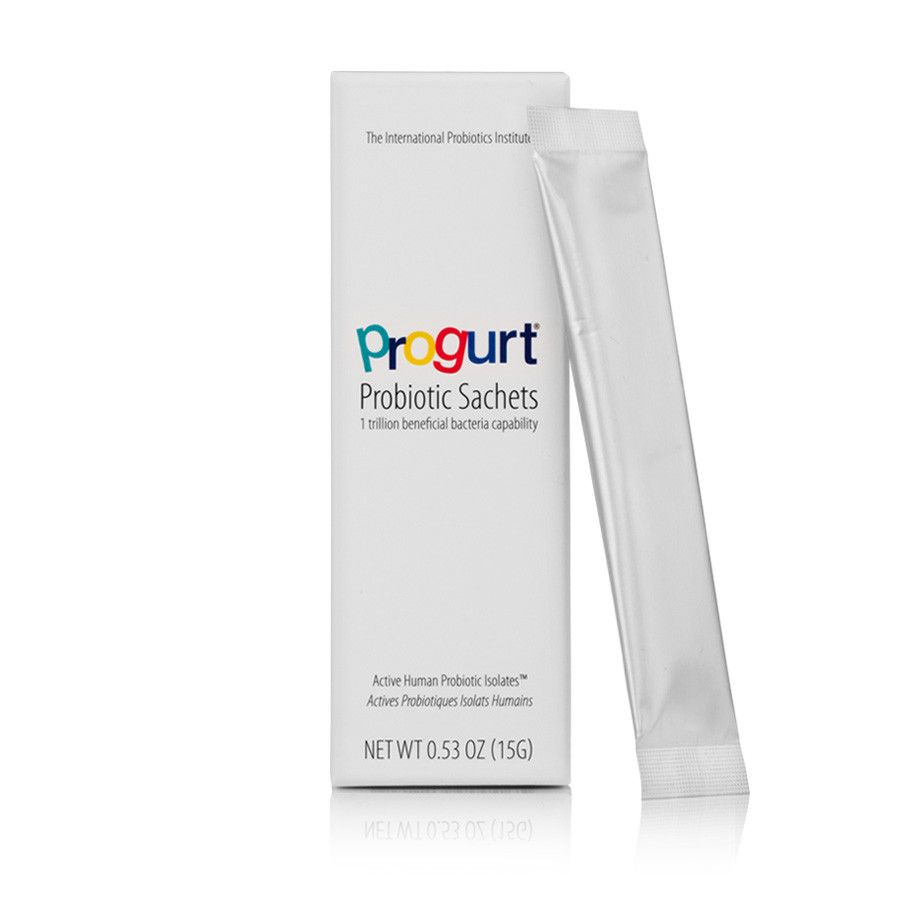
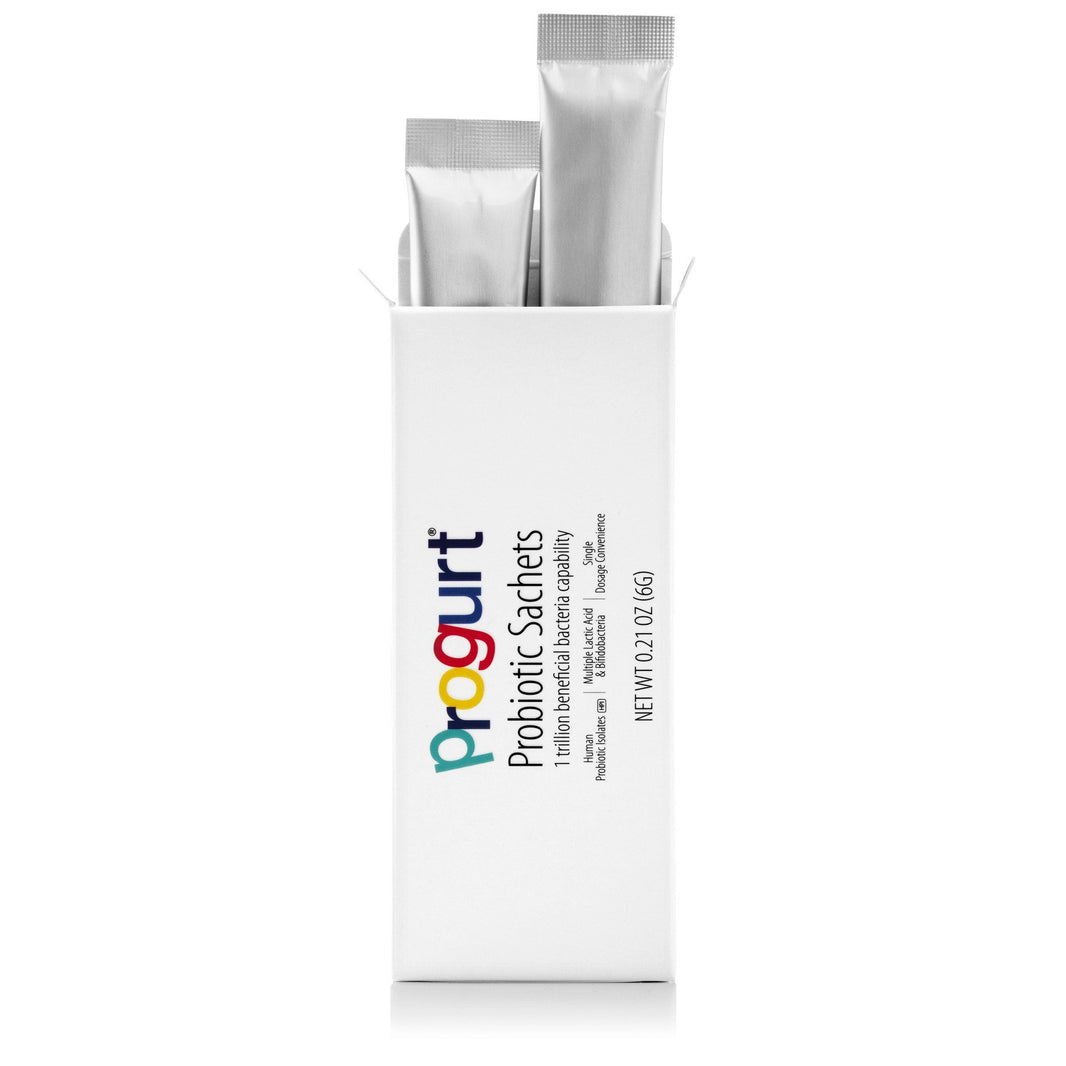
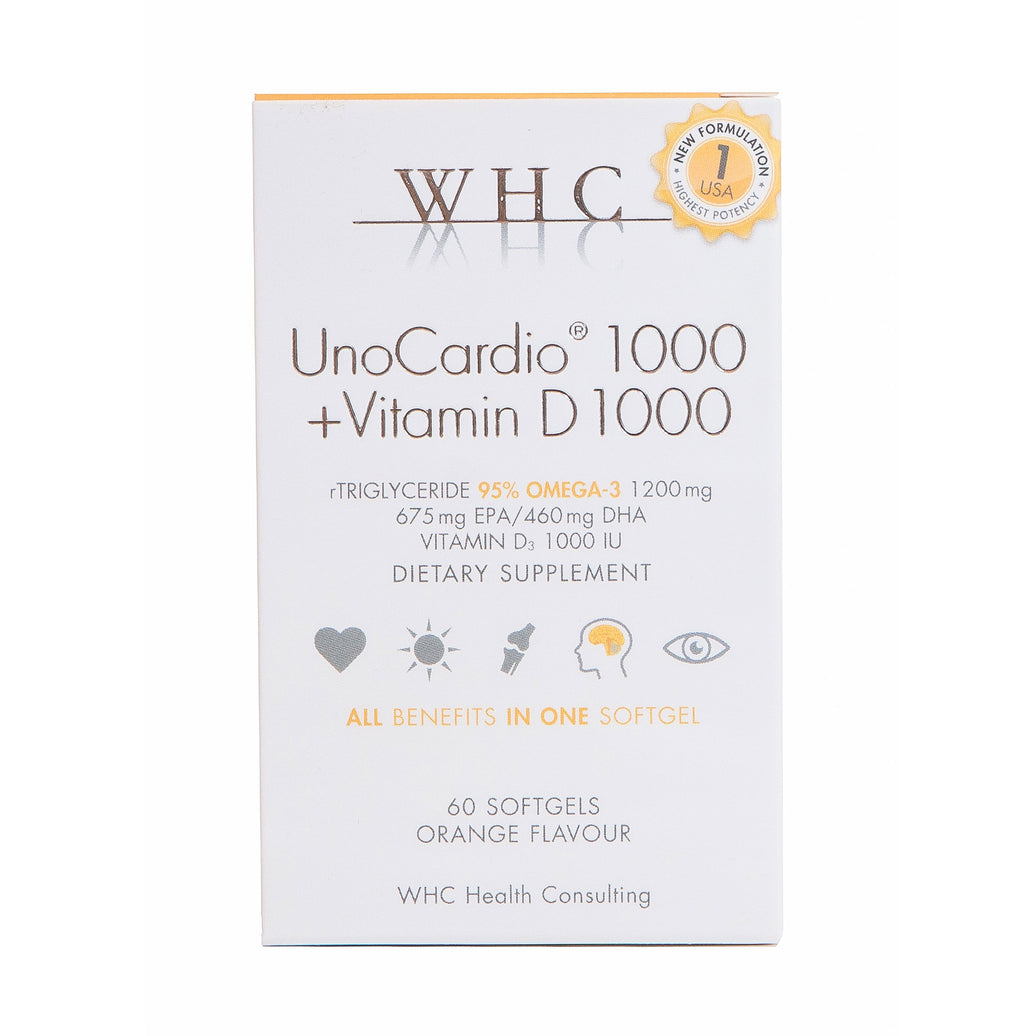
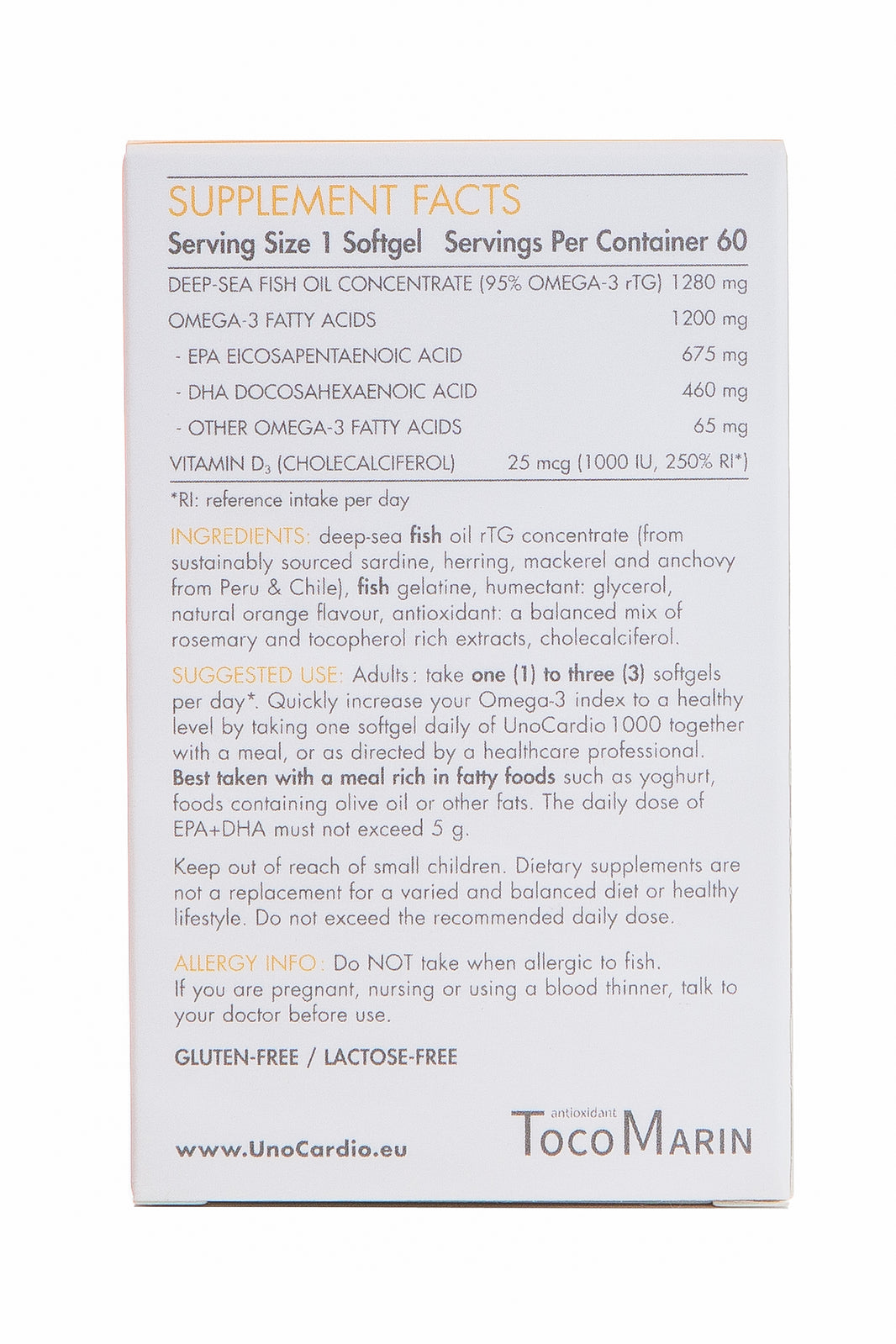
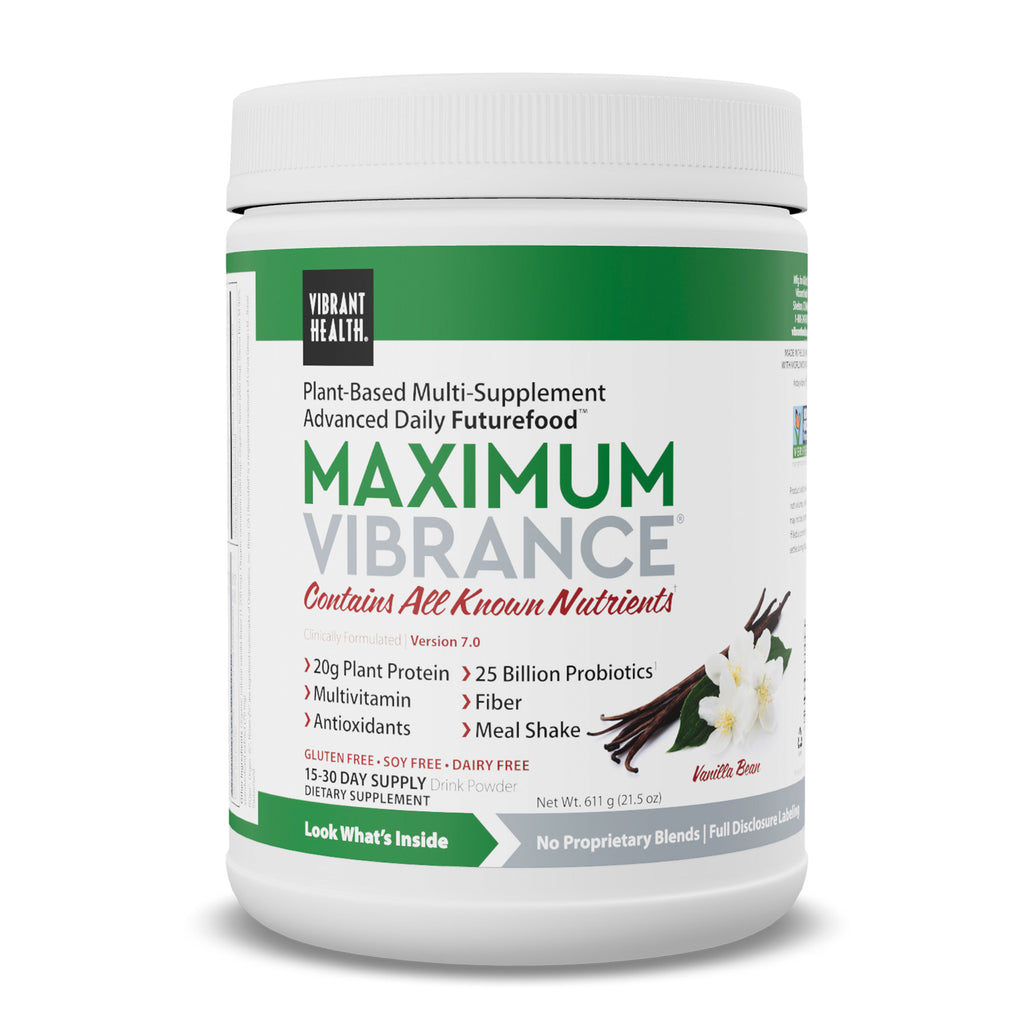
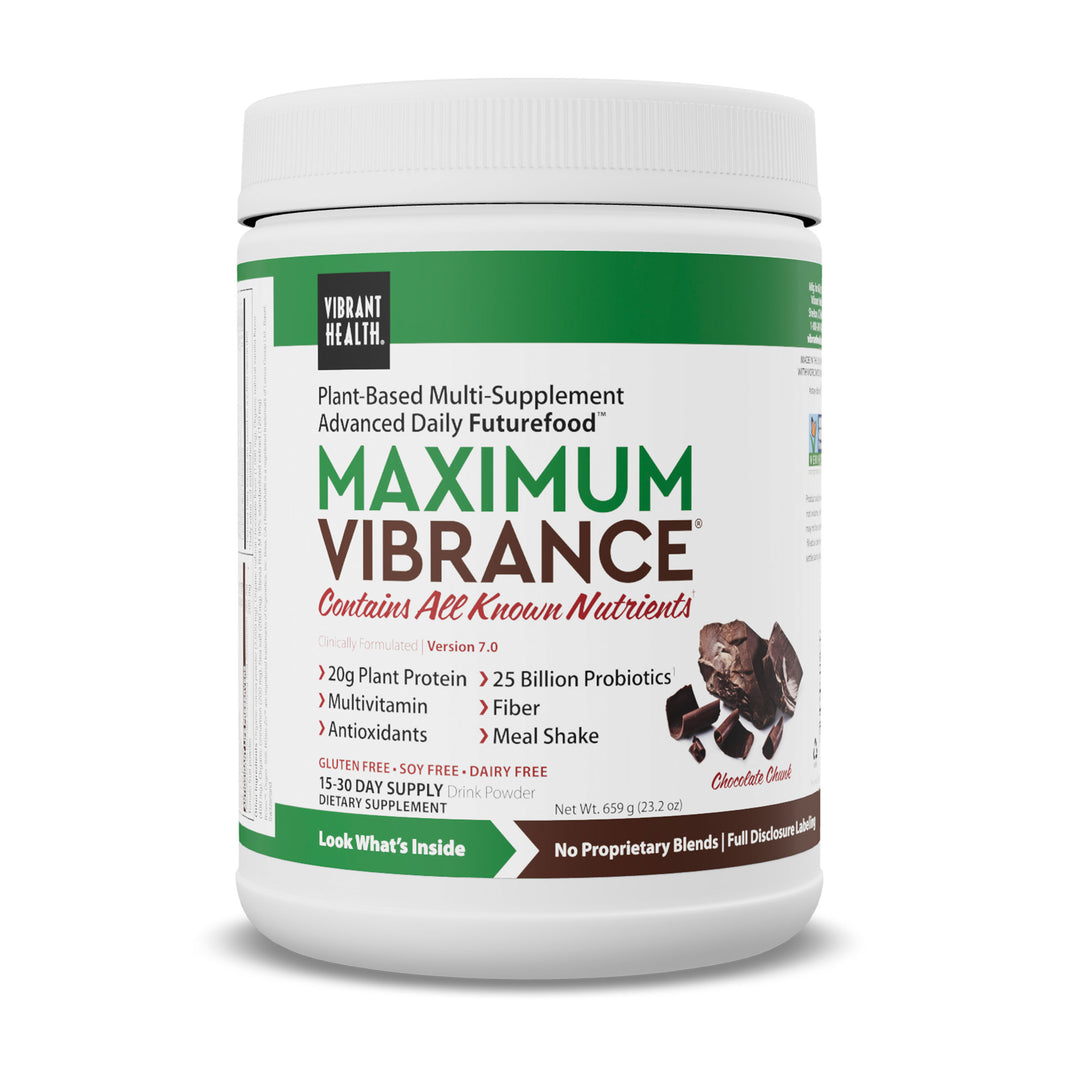

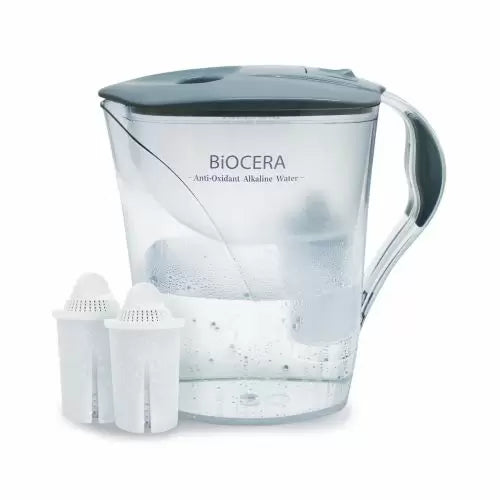



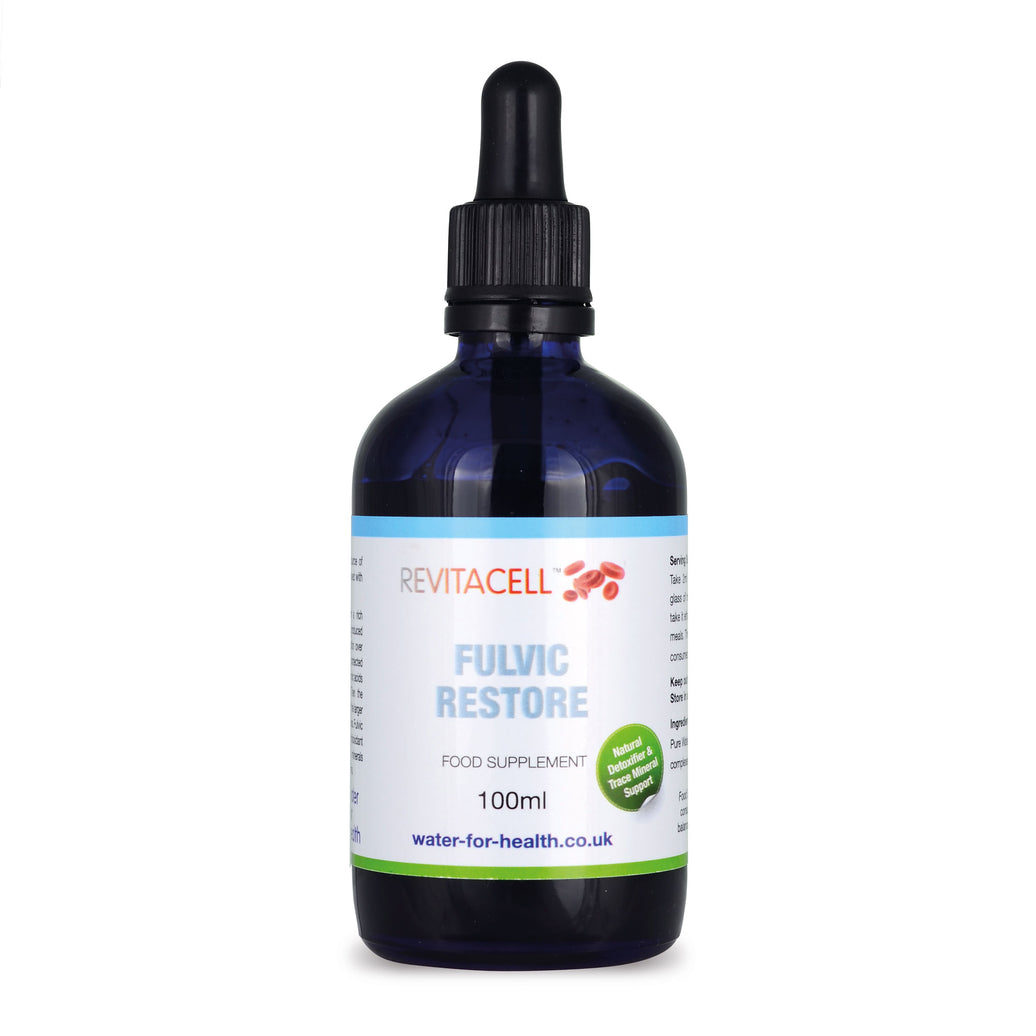
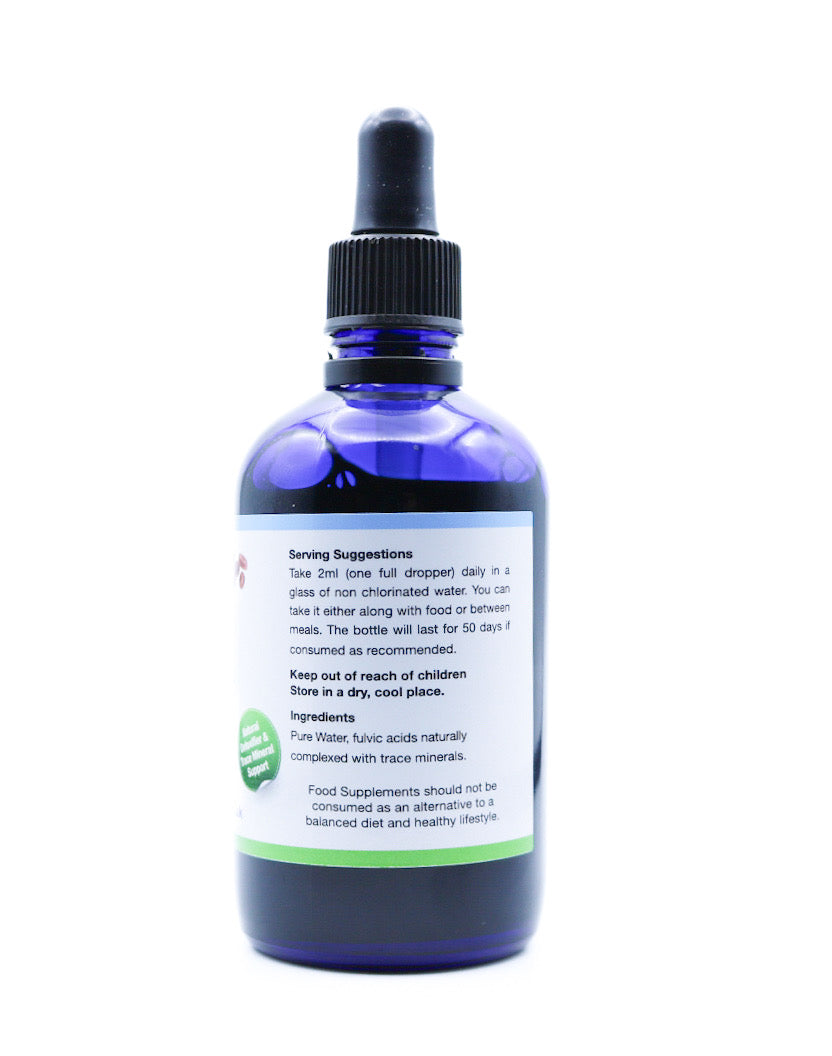
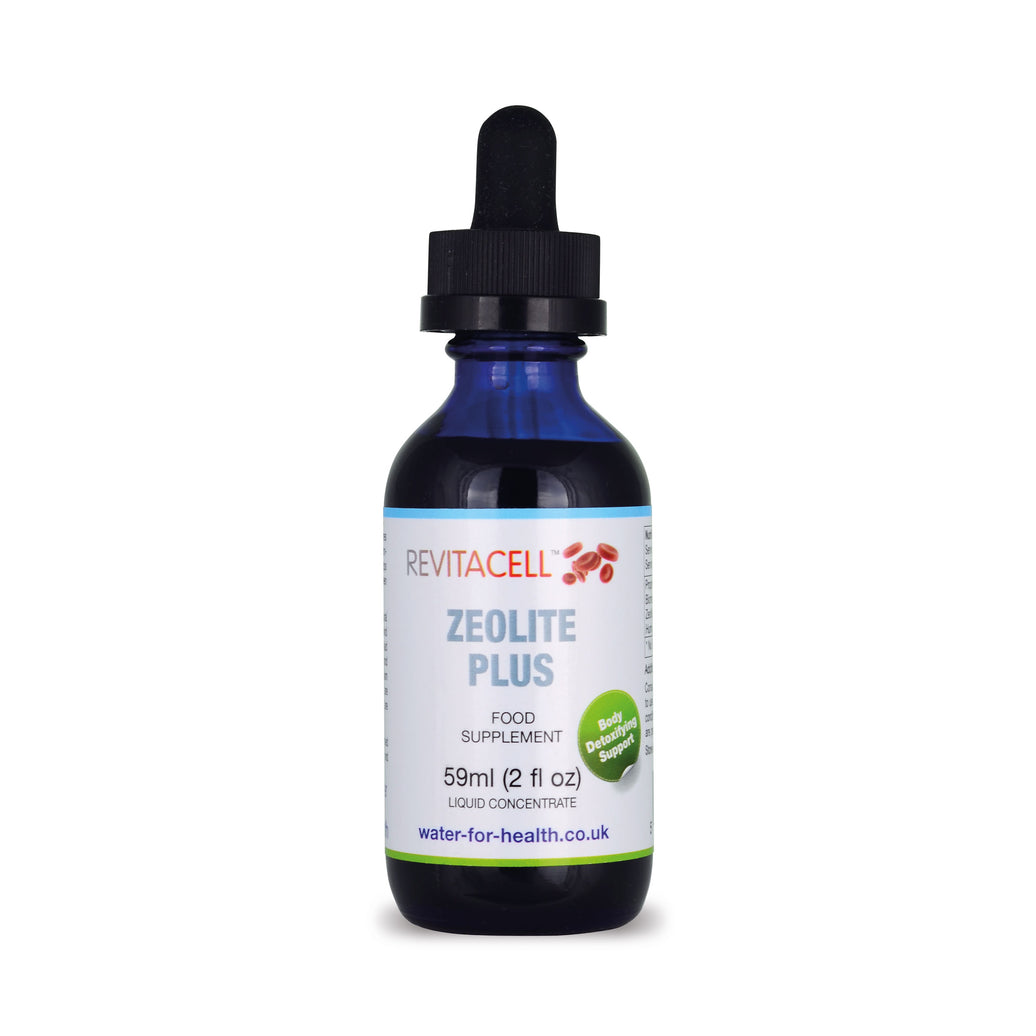
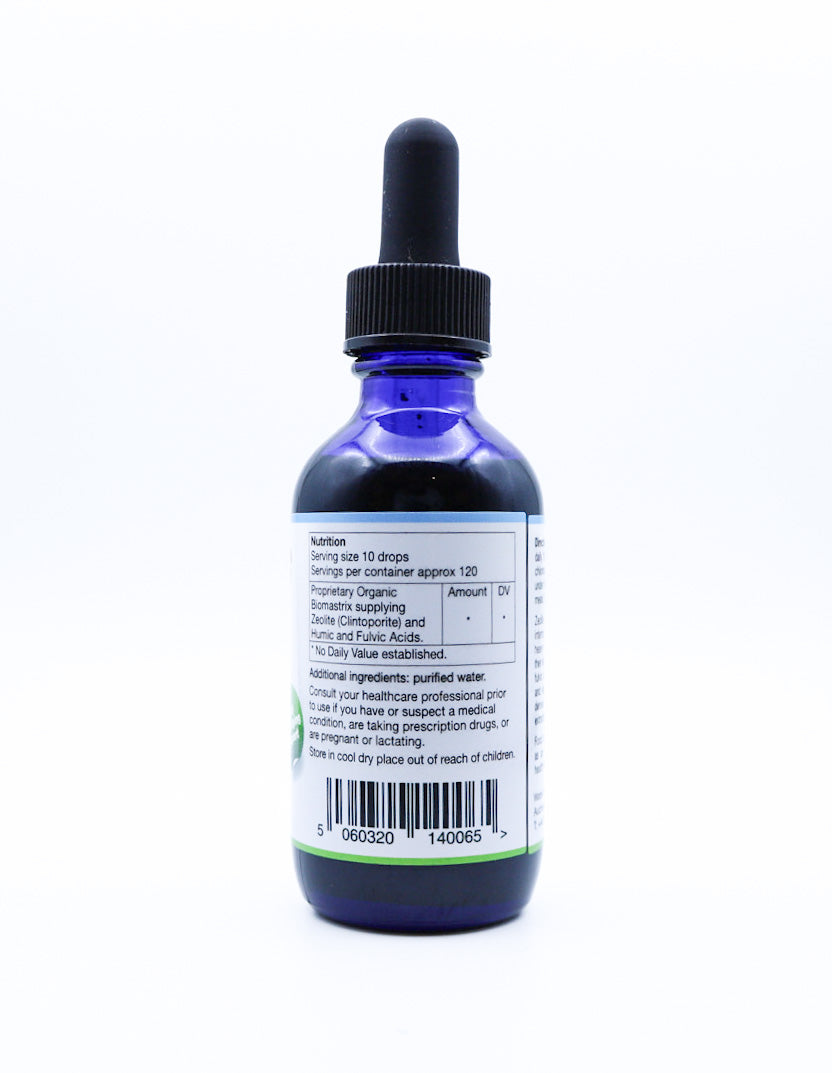

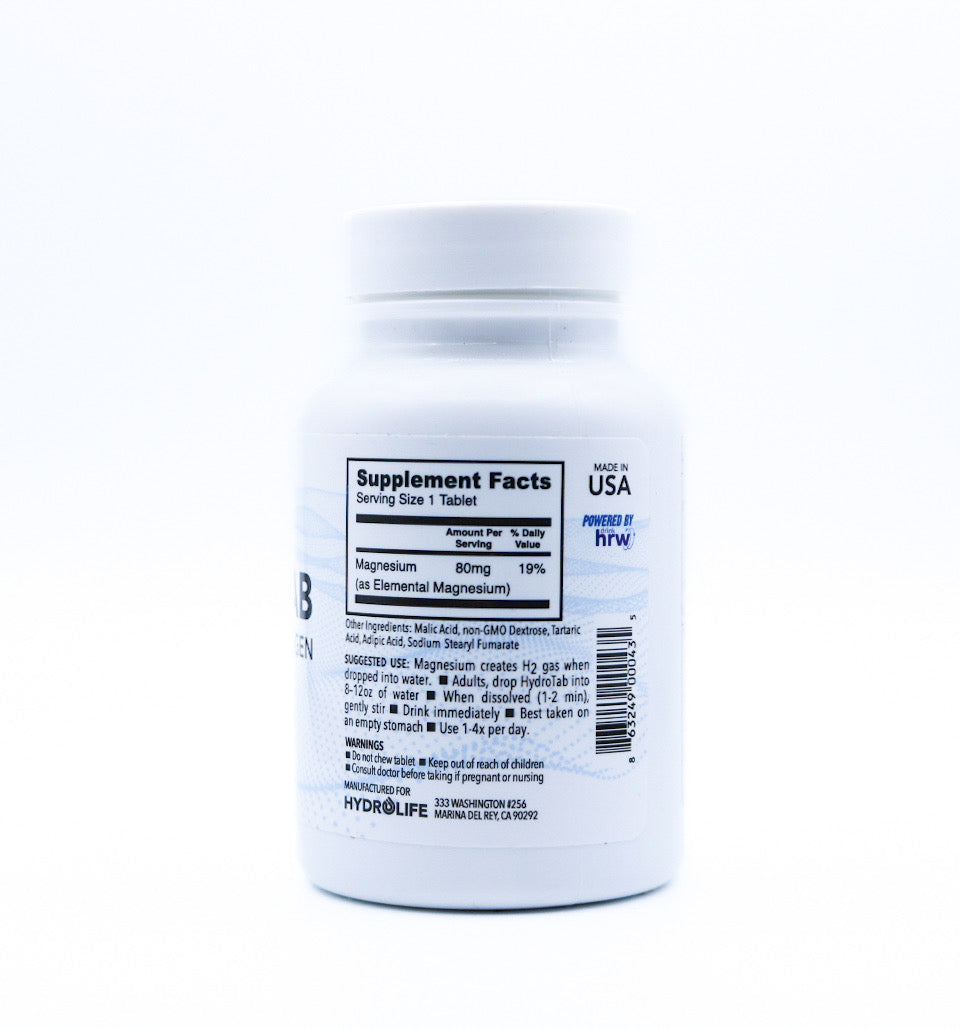








Leave a comment